
The Uses Of This Small Hole On a Padlock
A padlock may seem like a simple tool — compact, sturdy, and built for one purpose: security. Whether it’s protecting your storage unit, luggage, gate, or toolbox, a padlock is often the first line of defense against theft. But have you ever noticed the tiny hole at the bottom of your padlock and wondered why it’s there?
While this small feature might look insignificant, it actually serves several important functions that help your lock stay durable, functional, and reliable for years to come.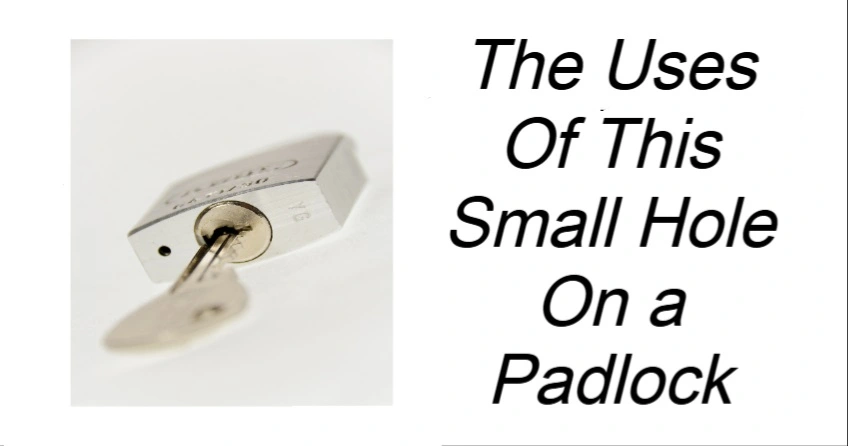
🛠 The Hidden Purpose of the Hole
Padlocks are commonly exposed to outdoor elements like rain, humidity, and temperature changes. Over time, moisture can seep inside and cause rust or corrosion — the main culprits behind jammed or weakened locks.
The small drainage hole at the bottom of many padlocks is designed to allow water to escape, preventing it from collecting inside the casing. Without this outlet, trapped moisture could cause internal rusting, especially around the locking mechanism and springs, eventually making the lock difficult or impossible to open.
By letting excess water drain out, this clever design extends the lifespan of the padlock and helps maintain smooth operation, even in harsh environments.
🌦 A Simple Solution to a Common Problem
This tiny hole may seem like a minor detail, but it’s a product of thoughtful engineering. Decades ago, manufacturers realized that water damage was one of the biggest threats to lock performance. The drainage hole was introduced as a simple yet highly effective weatherproofing innovation.
Modern weather-resistant padlocks have since built on this idea. Many are now designed with corrosion-resistant materials like stainless steel, brass, or laminated steel, and some include protective rubber seals to block dust, debris, and moisture completely. Still, even the most advanced locks often retain the small hole because it continues to serve practical purposes beyond drainage.
⚙️ Another Function: Maintenance Access
The hole isn’t just for water drainage — it can also help with lock maintenance and repair. If a padlock becomes stiff or refuses to open even when you’re using the correct key or combination, the small hole allows you to:
-
Apply lubricant: You can spray a small amount of synthetic lubricant (like WD-40 or graphite spray) directly into the hole. This reaches the inner pins and springs, loosening them and restoring smooth movement.
-
Remove debris: Dust and dirt can accumulate inside the lock over time. Spraying compressed air through the hole can help clear out any particles that might be blocking the mechanism.
This design feature makes it much easier to service and maintain your lock without taking it apart — saving both time and effort.
🧱 The Evolution of Weatherproof Padlocks
While traditional padlocks rely on the drainage hole for protection, newer weatherproof and marine-grade padlocks go even further. These are made specifically to withstand:
-
Heavy rain and saltwater exposure
-
Extreme temperatures
-
Humid or dusty environments
They’re often used in outdoor storage, boats, fences, and industrial facilities where corrosion risk is high. Even so, many of these modern locks continue to include the small bottom hole, both as a secondary moisture escape route and a maintenance access point.
💡 A Small Detail with Big Impact
It’s easy to overlook small design features in everyday tools — yet they often make the biggest difference in performance. The tiny hole at the bottom of a padlock is one such example:
-
It prevents water buildup and internal rusting.
-
It allows easy maintenance by providing access for lubricants.
-
It prolongs the lock’s lifespan and reliability in all weather conditions.
So the next time you secure your belongings with a padlock, take a closer look at that small hole underneath — it’s not a design flaw or manufacturing mark, but a smart feature that keeps your lock working smoothly and your valuables protected.
✅ Final Thoughts
The small drainage hole in a padlock might seem insignificant, but it’s a testament to thoughtful engineering and practicality. By preventing corrosion and allowing easy lubrication, this detail ensures that your lock continues to function effectively for years.
And while modern technology has introduced fully weatherproof designs, this humble feature remains one of the simplest and most efficient solutions to a problem as old as locks themselves.
🔐 Sometimes, the smallest features play the biggest role in keeping your world secure.
News in the same category

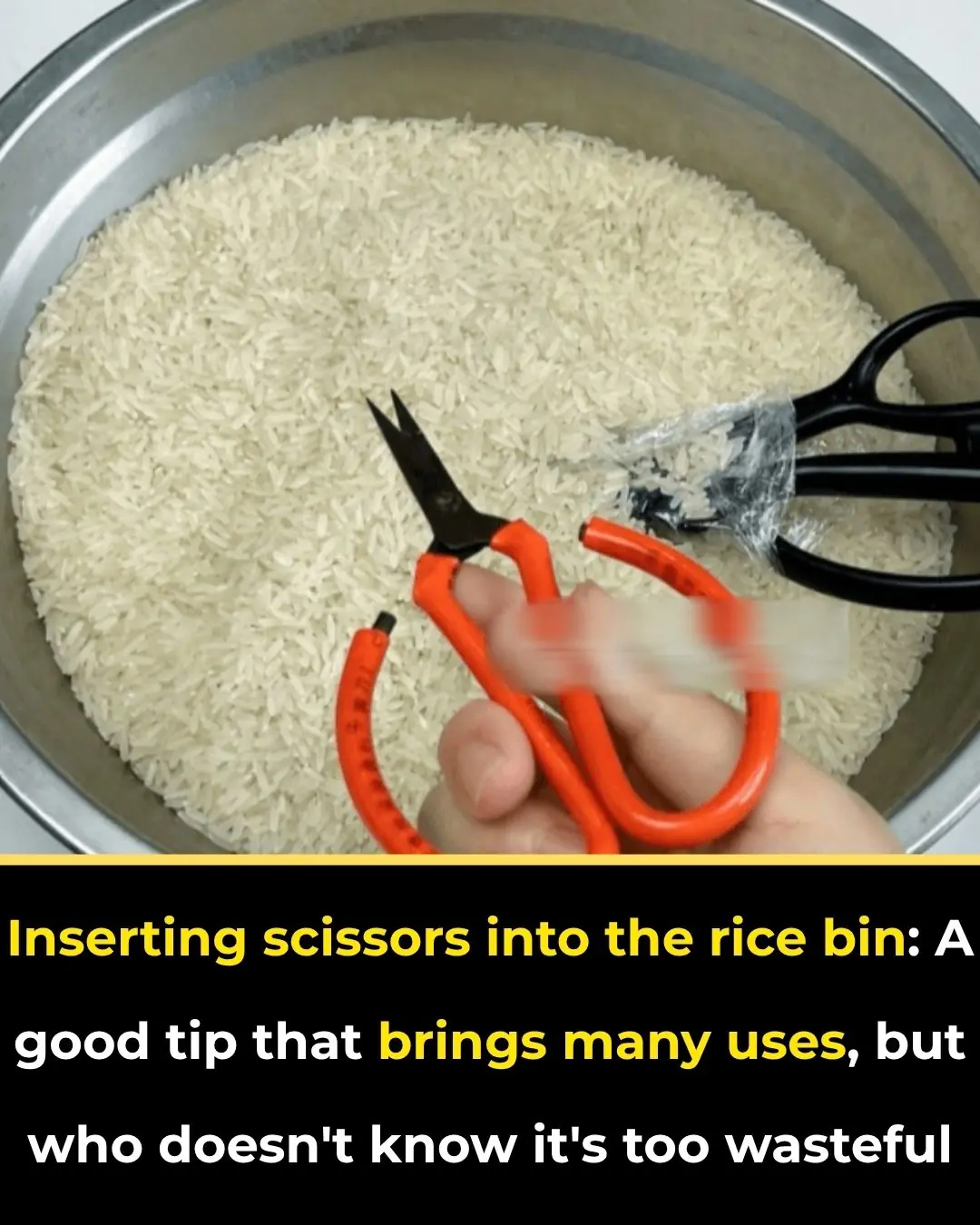
Inserting scissors into the rice bin: A good tip that brings many uses, but who doesn't know it's too wasteful

5 Morning Drinks to Boost Kidney Health, Cool the Liver, and Detoxify Your Body

A Simple Sponge Trick For The Fridge

How to Get Rid of Termites That Bore Into Wooden Doors — Protect Your 10-Year-Old Furniture and Keep It Beautiful

What Kind of Bread Are You

How to help you travel thousands of miles without getting carsick

Soak plastic cutting boards in this water, yellow stains and mold will come off and it also kills bacteria very well.

Common Misunderstandings Turn Water Purifiers into Breeding Grounds for Germs — Stop Now Before It Harms Your Whole Family

This Is a Type of Leaf That the Liver Loves, But Unfortunately Many People Throw It Away! Eating It Once a Week Can Make Your Liver Healthier
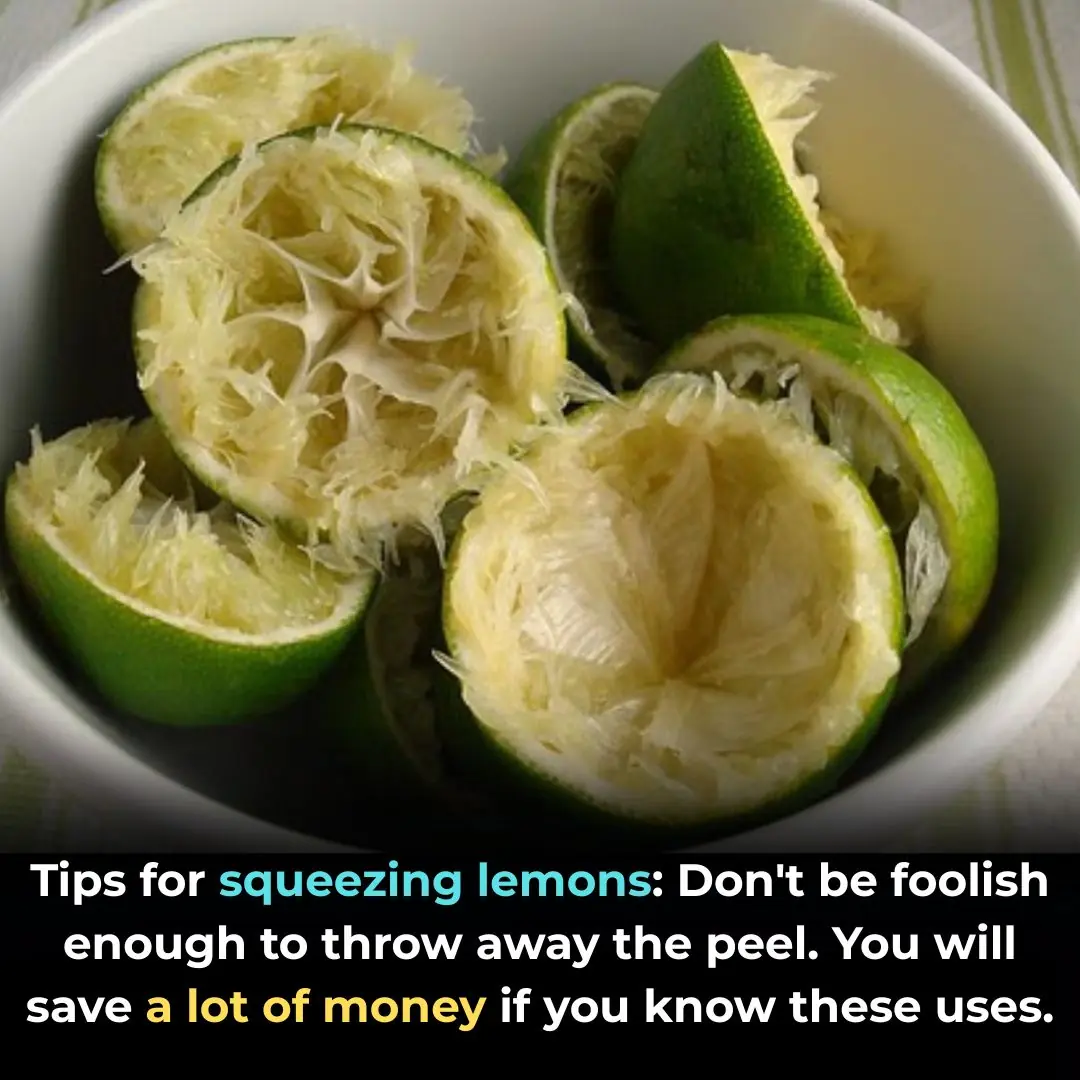
Tips for squeezing lemons: Don't be foolish enough to throw away the peel. You will save a lot of money if you know these uses.

How to make delicious beef steak at home: 5-star restaurant standard taste, eat once and miss it forever

Don't throw away air conditioner wastewater: It has 4 valuable uses that many people don't know about.

9 tips to completely get rid of cockroaches from your house using natural ingredients, without using chemicals

Moldy walls and ceilings, use this water to clean, cleaner than bleach

Tips to distinguish between naturally ripened bananas and chemically ripened bananas

If you find a centipede at home, here is what it means...
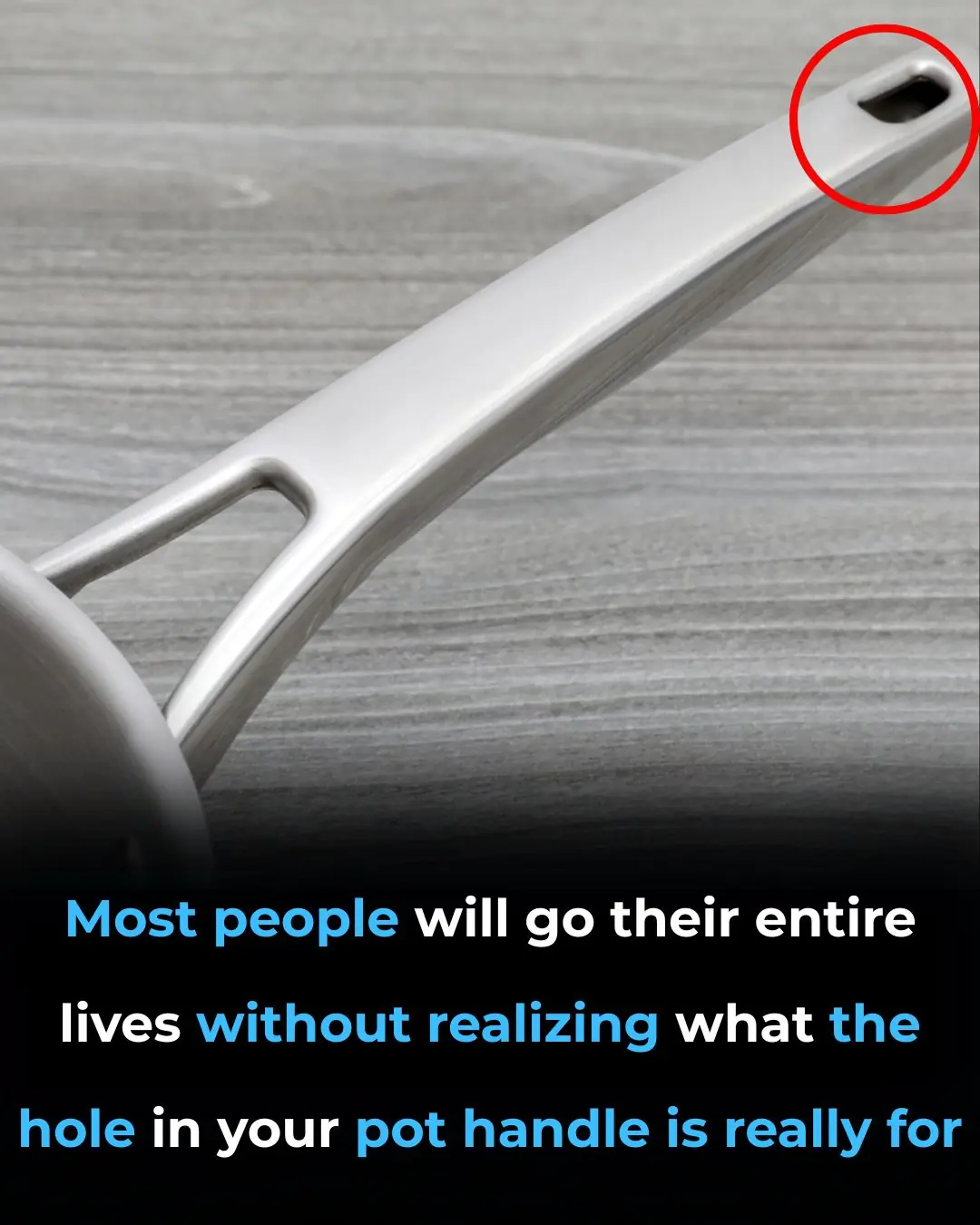
What is its purpose. see details

Don't make the mistake of throwing away tea bags. see more
News Post

Against All Odds: A Son’s Journey From “He’ll Never” to “He Did”

A Little Boy’s Dream: Helping Jaś Find His Voice

A Story of Love, Loyalty, and a Simple Wish for Help

Danya’s Light: A Remarkable Tale of Resilience, Kindness, and Giving Back

The Badge, the Blood, and the Heart Beneath the Uniform.

When a Lion Remembered Love.

The Sun Still Shines: The Courage of Sophie Scholl.

Carter’s Journey: A Moment of Hope and Resilience Amidst the Struggles

Marek's Courageous Battle: A Story of Love, Hope, and Unwavering Strength

The Golden Elephant: When Nature Turned Light Into Living Majesty.

The Hands That Heal: A Tribute to the Quiet Heroes in Scrubs.
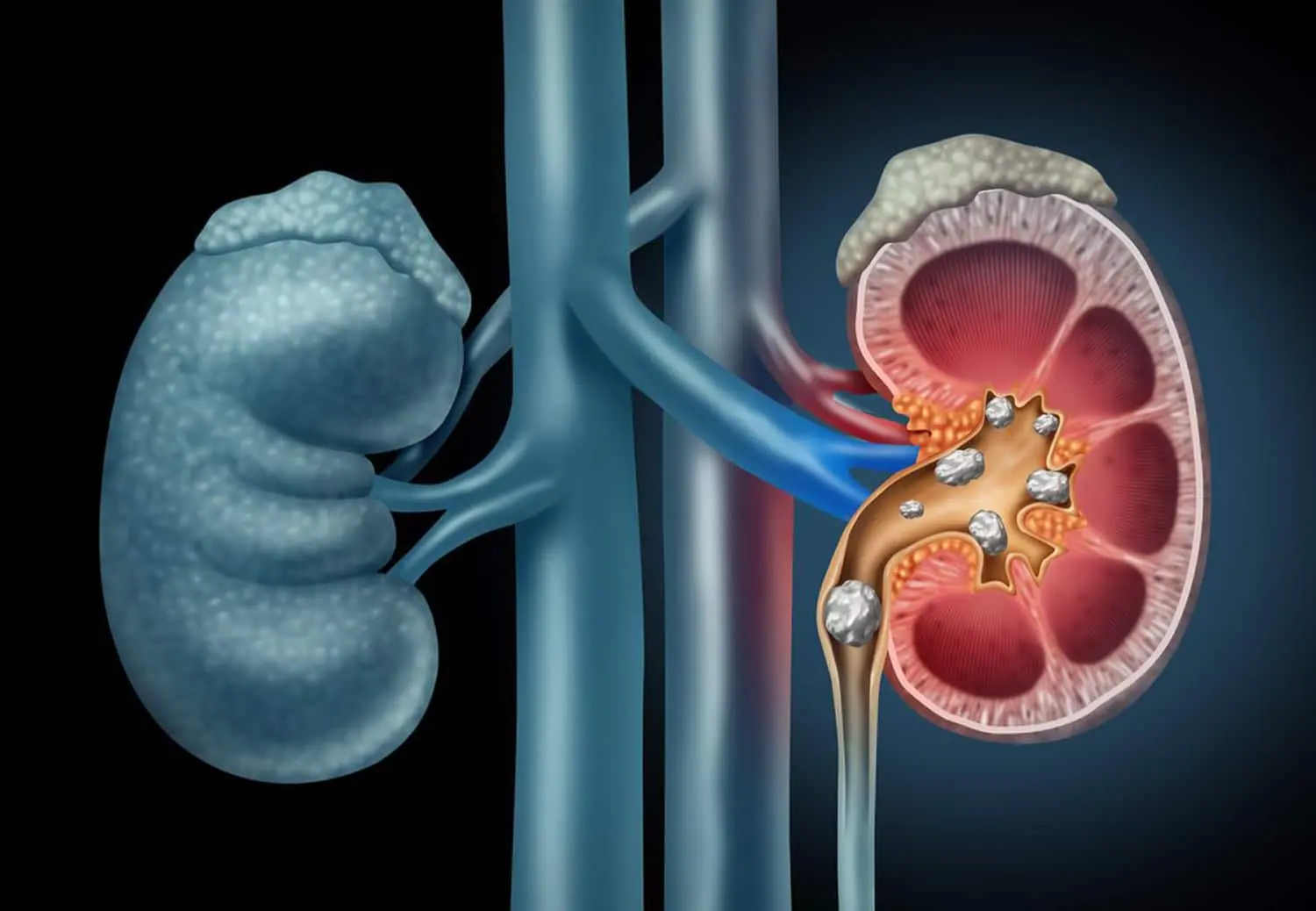
Top 10 Signs of Kidney Problems You Absolutely Must Be Aware Of

The Olive Oil Fasting Trick That Resets Insulin Resistance — and Triggers Deep Cellular Cleanup

What Really Happens When You Eat Garlic at Night

Apple Extract Found to Kill Colon Cancer Cells More Effectively Than Chemotherapy Drug

What Does Your Sitting Position Reveal About Your Personality

The Health Benefits of Euphorbia Thymifolia: A Powerful Yet Overlooked Herb 🌿✨

The Powerful Health Benefits of Papaya Seeds: Why You Should Include Them in Your Diet
